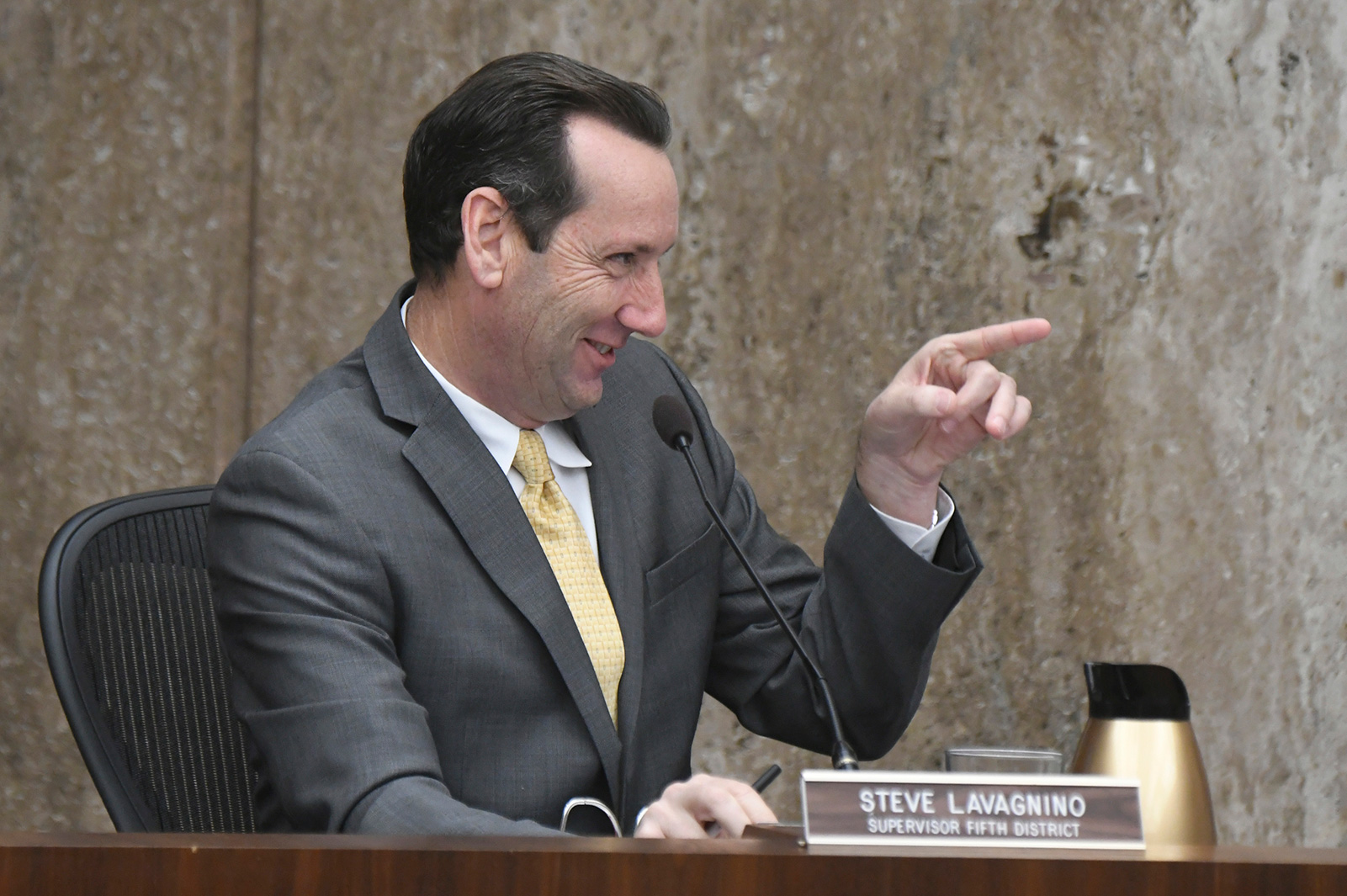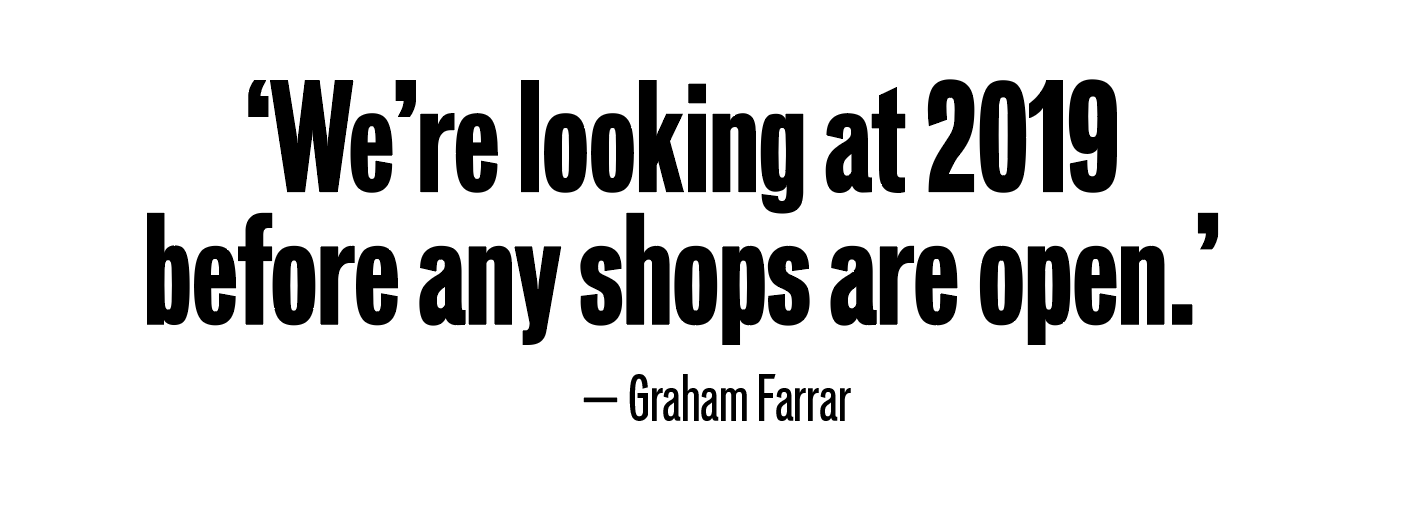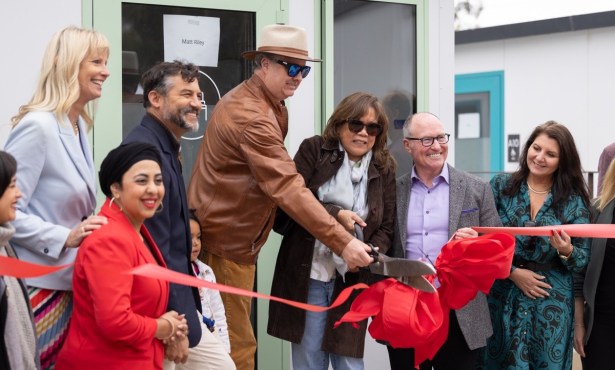City and County Talk Pot Taxes
Set at 6 Percent Retail in City; County Goes to a Vote

After a successful lobbying effort by the cannabis industry, the Santa Barbara County supervisors voted 4-1 to place a cannabis tax structure on the June ballot that is considerably lower than previously discussed.
The decision means county voters must decide whether or not to approve a one percent to 6 percent tax on gross receipts at each step of the supply chain. In total, the county tax could not exceed 8 percent. (Cumulatively, county and state taxes are not expected to exceed 30 percent.)
This translates to $20 million to $40 million in county tax revenue, according to County Supervisor Steve Lavagnino, at a time when local governments throughout California are struggling with high employee pension costs. Santa Barbara County has a roughly $27 million deficit.
A chunk of the tax revenue would fund at least 20 new county staff positions for law enforcement and drug treatment.
On Tuesday during a four-hour discussion, County Supervisor Janet Wolf raised concerns about land-use and health impacts. “The whole process has been rolling along,” she lamented, adding, “I think we are giving the industry a lot.”
The supervisors also expressed concern that they could lose out on tax revenue from cannabis operators who choose to do business in the City of Lompoc, where councilmembers have indicated they do not plan to tax or restrict the industry at all. Wolf, however, noted, “We’re never going to be able to compete with a place like Lompoc.”
In any case, Lompoc has a limited availability of real estate. State law restricts cannabis producers from being within 600 feet of a school, wiping out a number of desirable locations. In addition, many warehouses are already occupied, particularly by winemakers. County Supervisor Das Williams quipped, “Maybe it will ease off the pressure we are feeling in Carpinteria.”

Williams stressed a reasonable tax rate would pay for county regulators to go after unlicensed operators. A public speaker capped in a purple visor that read “Tepusquet Crisis Committee” agreed. The committee formed to address the drought but transitioned to fight cannabis in their neighborhood.
The tax measure could function as a referendum on the county’s proposed ordinance. The county supervisors disagreed about whether to place a general or special tax on the ballot. A simple majority is all that is required for a general tax while two-thirds is needed for a special tax. A special tax would require the supervisors to specify exactly how the money would be spent.
Meanwhile, members of the Santa Barbara City Council found themselves dancing with two left feet when it came to figuring out how much to tax the burgeoning pot industry as well as how big they wanted that industry to get. Deliberations were anything but pretty, and the council — still missing a key seventh vote — found itself deadlocked along factional lines more than few times.
Mayor Cathy Murillo and councilmembers Gregg Hart and Eric Friedman all wanted to reduce the amount of time it will take the new adult recreational dispensaries to get up and operating while in the same breath reducing the tax bite imposed on new operations from what city bean counters had proposed. On the other side were councilmembers Jason Dominguez, Randy Rowse, and Kristen Sneddon. They successfully blocked efforts to accelerate the review and approval process; they also got the number of recreational retail outlets City Hall would allow reduced from five — approved late last year — to three. That’s in addition to a maximum of three allowed medical dispensaries. (Of those, none are currently in operation.)
Ironically, a very large cannabis operator headquartered in Santa Barbara — Canndescent — argued as well that the number of retail outlets should be reduced; if the market gets oversaturated, representatives predicted, there would be a “race to the bottom” in the weed trade.
City Hall bean counters initially proposed imposing a 6 percent tax on retail operations and 6 percent, too, on manufacturing operations. Because county supervisors voted Tuesday to drop the manufacturing tax to 3 percent (from 6 percent), Hart argued the city should do likewise or risk losing the lucrative manufacturing business.
After considerable back and forth, the council agreed to reduce the taxes on manufacturing, but to maintain the 6 percent tax on retail. In both deliberations, it was council newcomer Sneddon who made the successful motion and also provided the key swing vote to secure the majority needed. By meeting’s end, it was clear to all that the brave new world of legalized recreational pot was still many moons away within city limits. As cannabis entrepreneur Graham Farrar lamented, the net effect of all the city’s rules and regulations was the same as an outright ban. “We’re looking at 2019 before any shops are open,” he complained. Retail applications are due no later than March 20 and will be rated competitively. Final selection is scheduled for May 20.


